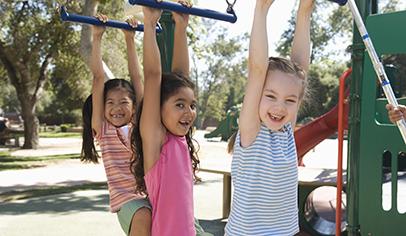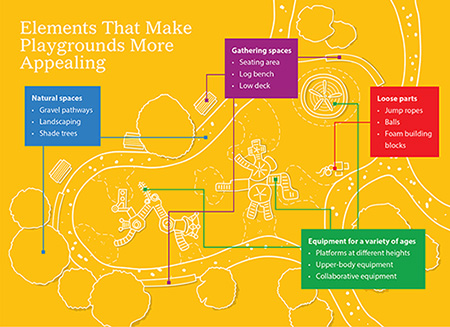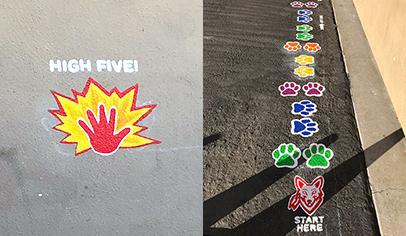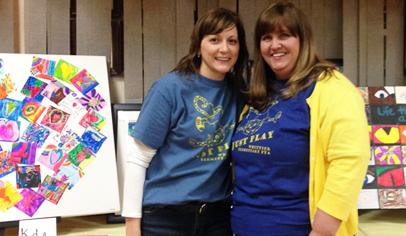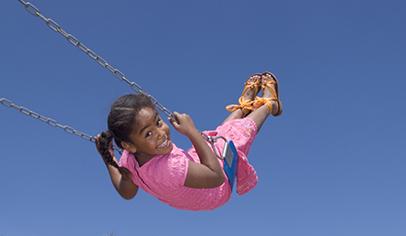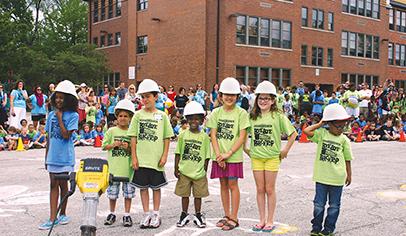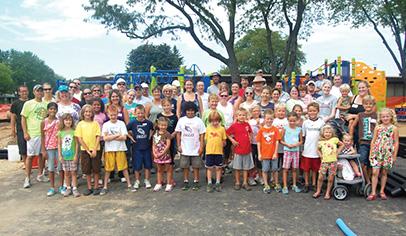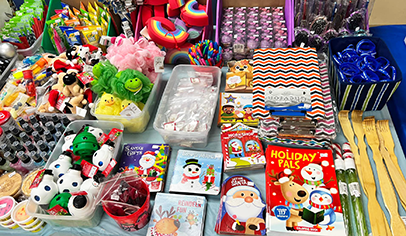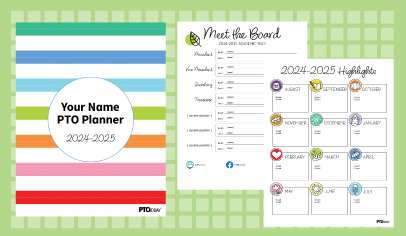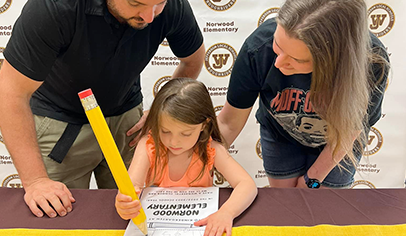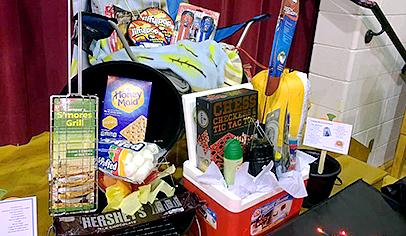When Gene Myers’ kindergarten-age daughter, Eva, complained that she was bored on her elementary school’s playground, Myers wondered why. After taking a look, he realized the climbing structures were too high for a kindergartner, and much of the remaining playground consisted of open space that older kids monopolized for sports games.
As a parent and an environmental education professor at Western Washington University in Bellingham, Wash., Myers understands something about kids’ play needs. He and his wife approached the school’s PTO about the possibility of adding inexpensive elements without eliminating existing structures and open space. Inspired by the work of professor Robin Moore of North Carolina State University, an international authority on the design of children’s play and learning environments, they engaged parents, teachers, students, and the district in a collaborative process to come up with ideas.
Experts agree that effective playgrounds offer diversity and choice for the many different temperaments of children, from manufactured play equipment and multiuse lawns to shady havens and natural gathering areas, such as benches or low decks. “Playgrounds need spaces for every child to feel comfortable,” says Jean Schreiber, a New York-based early childhood education consultant. “At the same time, kids need to be challenged and stretched, and playgrounds should offer opportunities for healthy risk-taking so kids can develop confidence and mastery.”
Through outdoor play, kids learn important social, emotional, cognitive, and physical skills that benefit them for life. If your playground already has a fixed structure, it doesn’t take expensive, modern upgrades to add depth and interest. Here’s what designers and education experts recommend.
Equipment for All Ages
Kids are natural climbers, and it’s important that playground structures with climbing equipment are sized for different ages, says Tom Norquist, a past president of the International Play Equipment Manufacturers Association. “Some of the equipment needs to be geared toward younger children so if they fall, they’re only 6 or 8 inches off the ground.” Structures with platforms on different levels allow kids to use the equipment as a prop for high-level free play, including what Norquist calls “home-base congregation” games and imaginary scenarios, such as a movie set, make-believe game, or fort setting. In the process, kids learn social skills through conversations—negotiating, compromising, and perspective-taking—as well as develop their imaginations.
Upper-body equipment like bars and rings help children learn about gravity and develop spatial awareness and muscle skills. Collaborative equipment, such as a four-person seesaw or spinning apparatus that requires kids to work together, encourages problem-solving, reasoning, and language skills. “It’s important to be able to talk to each other about how a piece works and see the consequences of what happens with certain actions,” Schreiber says.
Although not as common on school grounds these days, experts agree that swings are highly beneficial to kids if space allows. Swinging helps with coordination, core body strength, and balance. Besides being fun, slides, swings, and other single-use equipment also teach the tricky skill of taking turns. “Turn-taking requires tremendous self-control and being able to take the perspective of another,” Schreiber says.
Nature and Multiuse Space
As a professor of landscape architecture at North Carolina State University and the director of Natural Learning Initiative, Robin Moore has been designing play environments for schools and communities since the 1970s. He encourages schools to think about the school grounds not just as a place for recess but also as an intergenerational space for all ages, where teachers can interact with students in a less formal way and develop a different kind of relationship with them.
Moore recommends incorporating natural elements to make the landscape a more attractive educational setting for teachers and to introduce kids to nature. Studies show that exposing kids to nature benefits them cognitively, physically, and socially and also reduces stress and improves self-discipline. He suggests considering the grounds as a whole. If there are underused sections that aren’t well-connected to the overall design, try to create a better flow between spaces. Additionally, he says, “There’s a tendency to just think about the kids, but in fact these environments have to be comfortable for adults, as well.” For example, are there nice places for a teacher to sit with a few students to talk? The intergenerational social environment potential is often overlooked, Moore says.
Naturalizing a playground adds diversity and educational potential, and it can be done incrementally on a limited budget. Moore’s designs often feature gravel pathways, landscape plantings, and shade trees, with manufactured equipment embedded in different areas. He says the most basic component for a cash-strapped school is a single tree. “Buy as large a tree as you can afford, get some professional assistance with planting it, and make sure you plant it at the right time of year. If you have a bit more money, plant a cluster,” Moore says. “Restoring the native landscape is the best thing you can do with limited resources.”
The natural elements can enhance or border multiuse lawns without compromising the space required for running and game-playing. Open spaces are essential for high-energy group games that promote cooperation and gross motor development.
Loose Parts and Props
Experts also agree that “loose parts” such as jump ropes and balls enhance kids’ play experiences. If a school has a playground storage shed, classroom teachers or PE teachers can make the equipment available to kids or, even better, engage them in active play. Natural settings that offer pinecones, leaves, or sticks add another important dimension, says Norquist, enabling kids to create and build small structures and play in a way that’s imaginative and open-ended.
For schools that can afford them, recent innovative products such as large, lightweight foam building blocks promote creativity and teamwork. “Along the way, kids are sharing ideas, disagreeing, negotiating, and compromising, all important skills for life,” Schreiber says. Some schools are also adding music walls to their playgrounds, in some cases doing it on a low budget by collecting pots and pans and attaching them to a wall structure.
In addition, simple structures like log benches or low decks create diversity and add gathering spaces, Moore says. Decks promote socializing and imaginary or dramatic play, and they can facilitate teacher-led group activities. Benches can draw together groups or, alternatively, serve as quiet nooks. Inexpensive stepping stones also add diversity and promote imagination, providing a path from one location to another or possibly anchoring the edge of a multiuse lawn.
Accessibility for All
These days, schools and play manufacturers recognize the need for kids of all abilities to have access to play equipment. The surfacing underneath and around a fixed structure, as well as a means of access to the structure, help kids with different abilities participate in a substantial way.
“There’s some phenomenal work being done by synthetic turf manufacturers as well as new surfaces comprised of rubber tiles, poured-in-place rubber, and loose-fill rubber,” Norquist says. These rubberized surfaces provide the stability required for mobility devices and at the same time meet “impact attenuation” requirements—in other words, they help protect children from debilitating head injuries.
Play structures equipped with ramps and manipulable elements allow differently abled children to join in. “If kids in wheelchairs look and feel separate, they will be viewed as different from those kids who can access the playground,” Schreiber says. “They come to be viewed as less capable and thus less valuable. Schools that promote themselves as inclusive need to be thinking about the psychological impact on kids out on the playground.”
For Eva and her schoolmates, the resulting playground changes centered on incorporating natural elements and a few budget-friendly structures over several years, including a stone bench, a small platform, a low bridge, a curving gravel path, and a cluster of native plants that add pleasing texture to the playground and qualify as a certified wildlife habitat. The climbing structures are still too high for kindergartners, but the new additions offer opportunities for creativity, socialization, and imaginary play.


